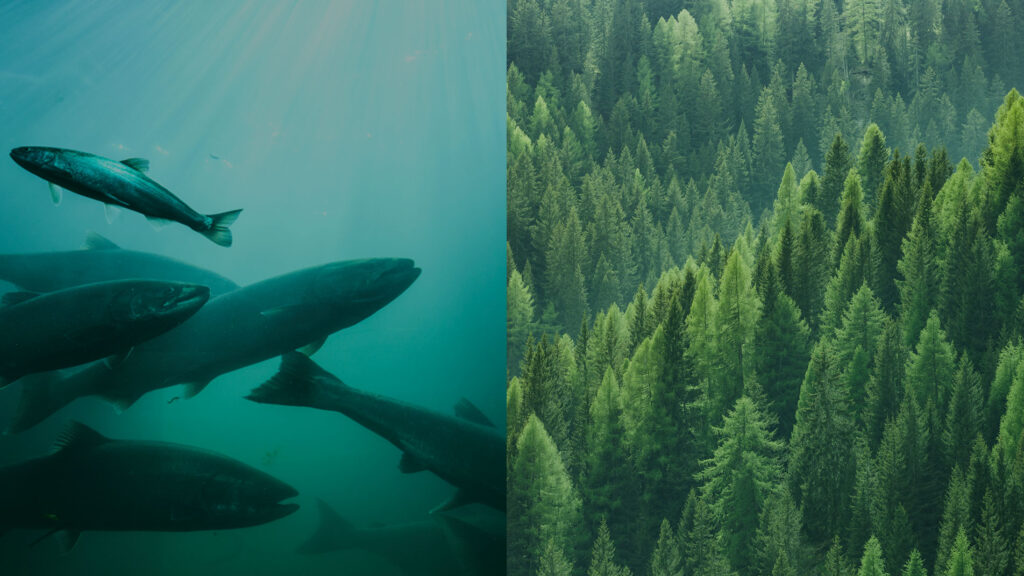
News
Big Akwa to use co-location strategy in land-based trout farm
February 27, 2023 By Nestor Arellano
 (Image: Big Akwa)
(Image: Big Akwa) Swedish aquaculture start-up, Big Akwa, intends to use a co-location approach for a land-based trout farm it plans to build. The company reported recently that is has started the process of obtaining a permit for a fish farm at the new industrial area in Alby Östra, just outside of Ånge, Sweden.
Big Akwa’s planned facility will fully expand to produce 6,000 tons of rainbow trout per year. The company also plans to build several land-based fish farms based using the co-location in the coming years.
The principle of co-location in aquaculture involves the holding of two or more activities in the same spatial area usually for the purposes of reducing environmental footprint, maximizing resources and assets, improving process, and cutting down energy use.
“The concept is based on industrial symbiosis – a resource-based collaboration with other companies in the industrial area – and on the use of green electricity. Big Akwa has the ambition to build several land-based fish farms based on this concept in the coming years,” said Elena Petukhovskaya, chief executive office of Big Akwa. She said her company has also submitted a consultation document to the relevant authorities and hope for a smooth process going forward.
Big Akwa intends to develop a co-located fish farming system and the forest industry to promote sustainably.
“The pulp industry generates low temperature heat that is typically wasted in production. This heat can be used to warm up fish farm water to optimal temperatures ensuring faster fish growth and lower energy usage,” the company said. “Fish farms produce ‘dirty water’ that tends to get released into surrounding waters causing serious environmental problems. However, this dirty water happens to be a favourite food source for the bacteria pulp producers use in the water purification steps. By recycling dirty fish water and feeding it back into pulp production, considerable energy savings may be realized while improving the environmental footprint of both fish and pulp production.”
Print this page